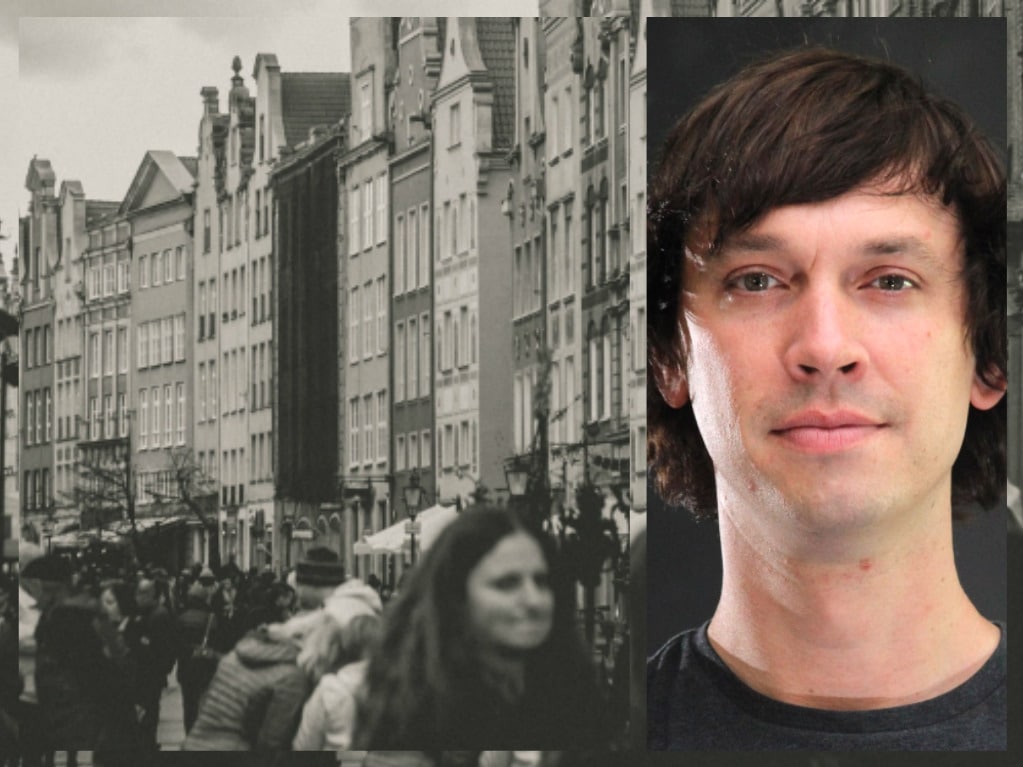Related Articles
Welcoming the Stranger
Presenter: Matthew Soerens, US Director of Church Mobilization, World Relief Description: Refugee and immigration issues have dominated headlines globally recently. While many American Christians view these…
From Unhealthy Dependency To Local Sustainability
Presented by: Jean A. Johnson, Executive Director of Five Stones Global Description: It takes a great amount of intentionality to create a culture of dignity,…
Partnership and the Strategic Role of Networks
Description: We live in an unprecedented period of mission history. The new paradigm of “from anywhere to everywhere” is by nature complex, resulting in an increasing…
Jesus in the Secular World #1: Understanding Global Secularization Webinar
Description: Global secularization, a trend closely tied to the globalization of culture among urban youth, presents a unique challenge to missions worldwide because of the large cultural gap that exists between the Church and secularized society.




